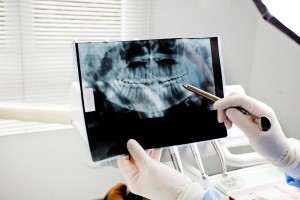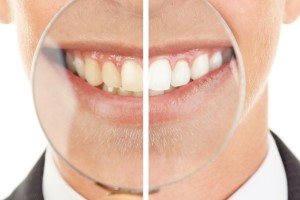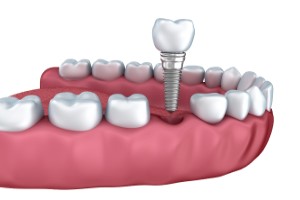7 Ways to Prevent Discolored Teeth

Things we eat and drink like colas, tea, coffee, juices and certain medications can lead to discolored teeth. Certain habits like smoking can also stain teeth and leave them discolored. The natural color for teeth is a very light yellow, but it tends to become more yellow as a person ages. One of the reasons for this is that tooth enamel wears out throughout a person's life. This can lead to the dentin becoming exposed to coloring agents in the food a person eats making them appear darker. Stains also latch onto tartar buildup on teeth since it is more porous than tooth enamel.
Teeth can also become stained due to medications a person takes like certain antibiotics. The easiest types of stains to remove are yellow ones. Brownish stains can be a lot more difficult to get rid of. Since the most common type of discolored teeth tends to be the yellow ones like those caused by smoking or drinking lots of coffee, professional whitening treatments can be very effective. Of course, the best ways to keep teeth looking their best at all times is to prevent discolored teeth and stains in the first place, here are a few tips to keep them from staining.
How to prevent discolored teeth
1. Brush after meals
Since most of the stains and discoloration that are found on teeth are caused by the things a person consumes, brushing after meals goes a long way when it comes to keeping teeth white. Patients should make it a habit to brush after meals or rinse their mouth with water.
2. Improve your brushing technique with a disclosing solution
Patients can use a disclosing solution to find out where plaque remains on their teeth after brushing. These are the areas where stains will develop if the person does not improve their brushing technique.
3. Rinse with water often
Water helps to clean teeth surfaces, and rinsing the mouth with water is the next best thing when it is not possible to brush. At the very least, patients should rinse their mouths with water after every meal.
4. Pick the right mouthwash
Any mouthwash can be used to clean the mouth and freshen breath, but an antibacterial mouthwash will reduce plaque buildup. There are also mouthwashes that contain bleaching agents that can be used to keep stains and discoloration at bay.
5. Using a quality whitening toothpaste
Whitening toothpaste will not significantly whiten teeth, but it can be very effective at keeping stains and discoloration away. Quality whitening toothpaste is safe for tooth enamel.
6. Use a straw more often
Drinking with a straw helps to reduce the formation of stains when a person drinks a beverage with a strong coloring agent like colas. It reduces the exposure teeth have to the substance that is being consumed.
7. Get regular dental cleanings
Regular dental cleanings remove tartar before it ruins the appearance of a person's teeth. Patients also get a full examination during cleanings that helps to prevent discolored teeth.
Due for a dental cleaning? Set up an appointment with one of our dentists today.
Let's get started…
Call (718) 476-5555 today to reach 82nd St. Dental.
Recent Posts
Getting the right dental restoration can improve your appearance and dental health. Your dentist will discuss the possible procedures that will fit your needs. Knowing more about these treatments can help you prepare for your next visit. Here are the common dental restoration procedures available.These restorations can be tooth-colored porcelain, gold, or composite material. This…
Dental restoration is a term used to describe the process of repairing or replacing damaged, decayed, or missing teeth. Several dental restoration options are available to patients, ranging from simple fillings to more complex procedures such as dental implants and crowns. This article will explore some of the most common dental restoration options available and…
A root canal removes the infected pulp, then cleans and seals the tooth. Many patients may be unsure if there is anything else they need to do after the root canal. The answer is yes; they will need a dental restoration to restore the tooth's functionality. Let us dive into why leaving a treated tooth…
A dental restoration can stop the progress of dental problems from decay or injury. Dental fillings can treat mild to moderate cavities. Your dentist will assess your teeth and see how many need fillings. Here are the things to expect before you get this dental restoration.The dentist will examine the patient’s teeth and see how…






